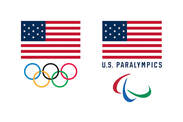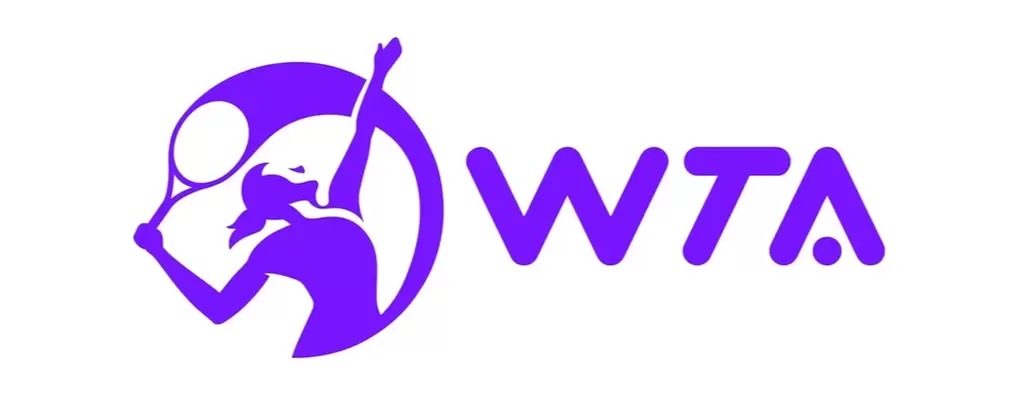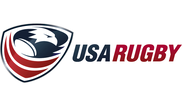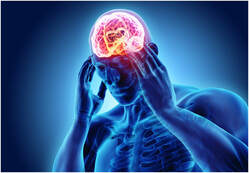 Concussion Recovery Therapy (CRT) is the world’s first scientifically documented breakthrough for the treatment of TBI (Traumatic Brain Injury), brain injuries and concussions. Using the latest in microcurrent technology, the cranial-sutures are treated. Concussion Recovery Therapy combines outside-the-box therapeutic thinking with evidenced based science to produce the world’s first successful brain therapy, ushering in a new era for human health and healing. CRT is a breakthrough therapy for the treatment of concussions and brain injuries. CRT methodologically applies trans-cranial MPS microcurrent (tCMPS) to reduce the killer stress” cortisol” for improved PCS (post-concussion syndrome) symptomology, persistent post-concussion symptoms (PPCS), and cognitive functioning test scores (KD,ImPACT) tCMPS is the active trans-cranial application of concentrated micro-current point stimulation (MPS) into cranial sutures, scars and key calming pressure points. tCMPS is not a passive application, like tCDS (trans-Cranial Direct Stimulation) which is applied with pads or sponges, tCMPS is an active, skilled therapeutic approach. CRT is specifically designed to dramatically reduce the physical causes of STRESS controlling TBI and PCS symptomology, scientifically proven to reduce CORTISOL (stress hormone) and improve cognitive functioning. Concussions & Stress It is widely accepted in science that imbalances of the sympathetic and parasympathetic branches of the autonomic nervous system (ANS) are directly linked to wide variety of pain and diseases. Stress or persistent tone of the sympathetic system is directly related to ongoing PCS symptomology and decreased neuroplasticity. Current research supports the prolonged PCS symptomology as the result of nervous system traumas received during the concussion event. These altered sympathetic and parasympathetic imbalances within the Autonomic Nervous system (ANS) are a critical factor in post concussive syndrome (PCS) recovery. “Altered sympathetic balance of the ANS is a critical factor in refractory post-concussive syndrome (PCS) recovery.” Many TBI and concussion patients recovery within weeks, while others may never recover. The difference between these patients boils down to accumulated stress and cortisol. Increased cortisol is directly linked in science to:
The ultimate goal of Concussion Recovery Therapy is to improve cognitive functioning and reduced PCS symptomology through STRESS reduction and ANS regulation. Sympathetic stress and cortisol (the endocrine STRESS marker), are directly linked in research to concussions, diminished brain health and poor cognitive functioning. If you are still struggling with PCS or TBI recovery and want an effective therapy for your concussion management program, follow the science! Read more here: https://www.concussionrecoverytherapy.com/
0 Comments
The traditional in-network model for outpatient physical therapy is not sustainable and is not helping facilitate successful outcomes for patients. Insurance companies across the board continue to reduce payment for physical therapy while imposing visit limits, billing and coding restrictions, and denying necessary care altogether. Meanwhile, the quality of care available to patients continues to decrease as in-network practices are being squeezed. Labor, equipment, medical supplies, and space are all more costly than they’ve ever been, and it continues to become harder and harder to offset those costs with these declining and/or denied payments for services. Thus, the healthcare industry as a whole are at a crossroads. Instead of settling for providing sub-standard care and burning out our therapists with almost impossible productivity demands, Momentum decided to put the patient experience back at the forefront of the conversation by adopting a private-pay model. At Momentum, we believe that any problem can be solved with the right approach to caring for people. Our healthcare system is currently designed to tell us that whatever ails us can only be fixed through medications, injections, or surgery. At Momentum, we know that your body was designed to adapt, survive, and thrive, and sometimes you just need someone to help you get out of your own way and start to move in the right direction. The in-network model simply cannot consistently provide the level of care and attention needed to achieve these goals. Thus, Momentum has chosen to blaze our own trail in order to make sure that our patients can move from pain to performance without any unnecessary hurdles or roadblocks to overcome. What is the difference between an out-of-network/private pay therapy experience and an in-network therapy experience? Below is a direct comparison to help you see how our practice model compares to traditional in-network practices and how we are likely to help you save time and money while helping you achieve your desired result. 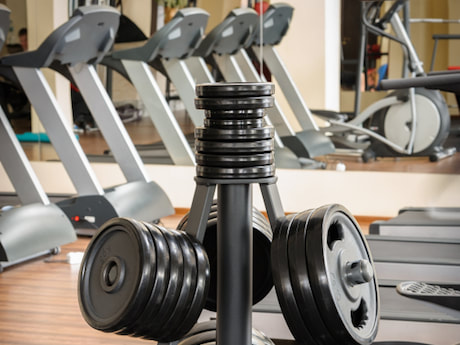 By: Ray Gates, PT I’ve been involved in exercise of one form or another for most of my life, whether it was playing sports, weight training at the gym, martial arts training, or simply enjoying long walks and hikes. This became even more so as I became a physical therapist – exercise literally became the way I made my living. One of the key principles of effective exercise is ensuring that you have effective strategies for recovery following exercise. Recovery is important because it is what helps the body make positive adaptations and thus gain the benefit from the exercise being performed. Without proper recovery, exercise may do more harm than good – this is why many sports and high level exercise programs have ‘rest’ days to allow the body to adapt and heal following exercise. If you’ve engaged in any sort of sport and exercise you’re probably familiar with stretching after exercise to avoid injury, though exercise science research continues to argue whether stretching is effective for recovery. Elite level athletes often use ‘cross-training’ activities – that is activities and exercises not necessarily related to their actual sport – as a form of recovery from their regular training, and the research has demonstrated that this has benefits to their overall performance and ability to improve. Tai Chi and Qigong are both well known for their wide range of benefits as forms of exercise. Clinical research is increasingly demonstrating evidence that Tai Chi and Qigong are useful adjuncts to other forms of exercise in maximizing the overall effects and outcomes of exercise or rehabilitation programs. Most research tends to take place in health-compromised populations, for example, those with specific illness or conditions (eg: Parkinson’s Disease, cancer, etc.), those with recent trauma or injury (eg: after stroke, heart attack, etc.) and those who are at risk of decline as a part of the aging process. Yet there hasn’t been a lot of investigation on Tai Chi and Qigong in already healthy/fit populations, nor does there appear to be any research looking at the benefits Tai Chi and Qigong could have in post-exercise recovery. Given the multitude of benefits already demonstrated by Tai Chi and Qigong in terms of gains in strength, flexibility, balance, and mental and emotional wellbeing, it seems reasonable to expect that Tai Chi and Qigong would be very effective in facilitating post-exercise recovery. I started to look into this with my own exercise, and my experience tells me we need to be examining this more closely. My Experience with Tai Chi and Qigong Following ExerciseI first started weight training when I was about 15 years old and have engaged in this kind of training on and off ever since, including now. As such, I’m very familiar with the soreness and fatigue that comes from a good weights session, and the importance of allowing adequate recovery time to avoid injury and facilitate adaptive changes in the body. About 10 years ago I had the opportunity to recommence a gym program focused on both building strength and weight reduction after a considerable time away from this type of exercise. My program consisted both anaerobic (mostly free weights training) and aerobic (treadmill, cross-trainer/elliptical or rowing machine) exercises. When I committed to starting the program I knew I would be starting from a low level and it would take time to build up to where I had previously been, and I knew what I was in for, especially in those early weeks! The difference this time, though was that I planned to practice my Tai Chi and Qigong sets after I exercised. At the time my only intention for including Tai Chi and Qigong practice was to spend more practicing these sets by taking opportunity of the time I was setting aside for exercise. I had not considered that there could be any sort of specific benefit to practicing my Tai Chi and Qigong after exercise beyond ensuring that I was getting my practice in! My experience was almost immediate, to the point where it took me a little while to make any sort of connection. The first week of starting my program, I noticed that I was not experiencing the level of soreness or fatigue I was expecting from the gym sessions. This is not to say I didn’t experience any, just not anywhere near what I expected. I put this down to the idea that I was “easing back into it” and not working out as hard as I potentially could. I felt this was a reasonable approach, though I was keen to make gains, and so from the second week on I started to challenge myself. As the weeks went on though, I realized that I was making gains – in terms of increased strength (increasing the resistance of my exercises) and stamina (increasing the time spent on aerobic exercises) at a faster rate than I had ever previously achieved. More than that, rather than feel fatigued at the end of an exercise session, I felt energized and the soreness I experienced was minimal. I started to wonder if my Tai Chi and Qigong could explain what was happening, so I tried a little experiment. For one week, I continued with my gym program but did not practice my Tai Chi and Qigong afterwards – though I did continue to practice them at my regular classes twice a week. Again, the effect was almost instantaneous. After the second session of the week I felt more sore and more fatigued. Not only that, but I felt ‘stiff’ and ‘tight’, like I needed a good stretch. I particularly found my aerobic components became more laborious and harder to maintain at the level I had been doing. By midway through the week I was so convinced I wanted to restart my Tai Chi and Qigong practice just so I wouldn’t feel this way after a workout, however I persisted with abstaining from it for the week in an attempt to try and confirm (at least to myself) what was happening. When I restarted my Tai Chi and Qigong practice after exercising the following week, everything went back to the way it was: less soreness, less tiredness, and feeling ‘good’ after each session. To me there seemed to be a clear link between the two. I must admit this is by no means any sort of proof that Tai Chi and Qigong can assist with post-exercise recovery – at best it’s anecdotal evidence – but as a physical therapist and a student of exercise science, I believe it’s enough to warrant further investigation through clinical research. Possible Explanations for How Tai Chi and Qigong Facilitate Post-Exercise Recovery Assuming the benefits I experienced are a result of including Tai Chi and Qigong practice following exercise, what could the possible explanation be? The immediate consideration relates to the flow of qi in the body, and way that Tai Chi and Qigong improve qi flow, and the subsequent benefits this has on one’s health. However, Western science still struggles with the concept of qi, and though evidence is growing in support of biofield medicine (a term used to explain the effects of energies known as qi, prana, mana, etc.), at this time it’s likely that any clinical research will want a more ‘physiological’ explanation in order to validate any evidence that becomes apparent through studies. In my own consideration of this, I would suggest Tai Chi and Qigong practice post-exercise could influence the following mechanisms:
This is by no means an exhaustive list, however I feel it is a reasonable starting place for clinical research and one that would be relatively easy for experienced researchers in exercise and sports sciences to develop studies for. A Call for Further Research With the increasing evidence of the benefits of Tai Chi and Qigong across the health and wellness spectrum, as well as their relative ease of application (no need for costly or special equipment, for example), it only makes sense to investigate the potential practices could have on enhancing the effects of exercise. If it can be demonstrated that Tai Chi and Qigong can enhance post-exercise recovery, and this in turn enhances ability for people to participate in exercise programs, imagine the potential this has for exercise in all settings: from school-based sports and athletics programs, to rehabilitation programs, to elite level athletic performance. Tai Chi and Qigong could be a game changer in a very literal sense. Wisconsin Tai Chi Academy, and our Instructor Ray Gates, welcomes the opportunity to partner with and assist any researchers wanting to investigate the effects and benefits of Tai Chi and Qigong, whether related to post-exercise recovery or otherwise. If you have a study or project you would like our involvement with, please use this link to Contact Us. 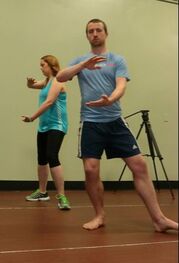 To preserve your independence and quality of life it is important to train differently, smarter. Not only are we trying to overcome the loss of muscle mass and strength, but we need to build resilience to ease and manage chronic conditions, and to reduce our overall physical vulnerability. There are three key areas in which we need to be mindful as we pursue fitness as older adults: strength, flexibility, and balance training (agility). Strength Training You may remember how you lifted weights as a 20 or 30 year old, well, when we get to be about 50 so much has changed within our bodies and we need to mindful that strength training looks a little different. Injury prevention is the main concern are injuries and over exertion. Studies have shown that resistance training and isometric training actually is better at building strength with minimal injuries. In the Journal of Strength and Conditioning Research it summarizes the many ways in which resistance training promotes healthy aging. “Current research has demonstrated that resistance training is a powerful care model to combat loss of muscle strength and mass in the aging population.” Mark D. Peterson, Ph.D. A few examples of effective strength training are:
Flexibility Training
Balance Training Acquiring and maintaining good balance is greatly beneficial for older adults as prevention for falls, injury, and loss of independence.
We would love to discuss your training needs and answer any questions you may have. Remember that motion is lotion...we truly start aging when we stop moving! See you soon! Lisa |
AuthorSA little from Dr. Dan, a little from Lisa but always a lot of good stuff! Archives
January 2024
Categories
All
Or
|
Your Orthopedic Wellness Clinic
Located at:
285 N Janacek Rd, Suite C
BROOKFIELD, WI
285 N Janacek Rd, Suite C
BROOKFIELD, WI
HOME TO APPROVED THERAPIST FOR:
©2022 MOMENTUM MOVEMENT CLINIC

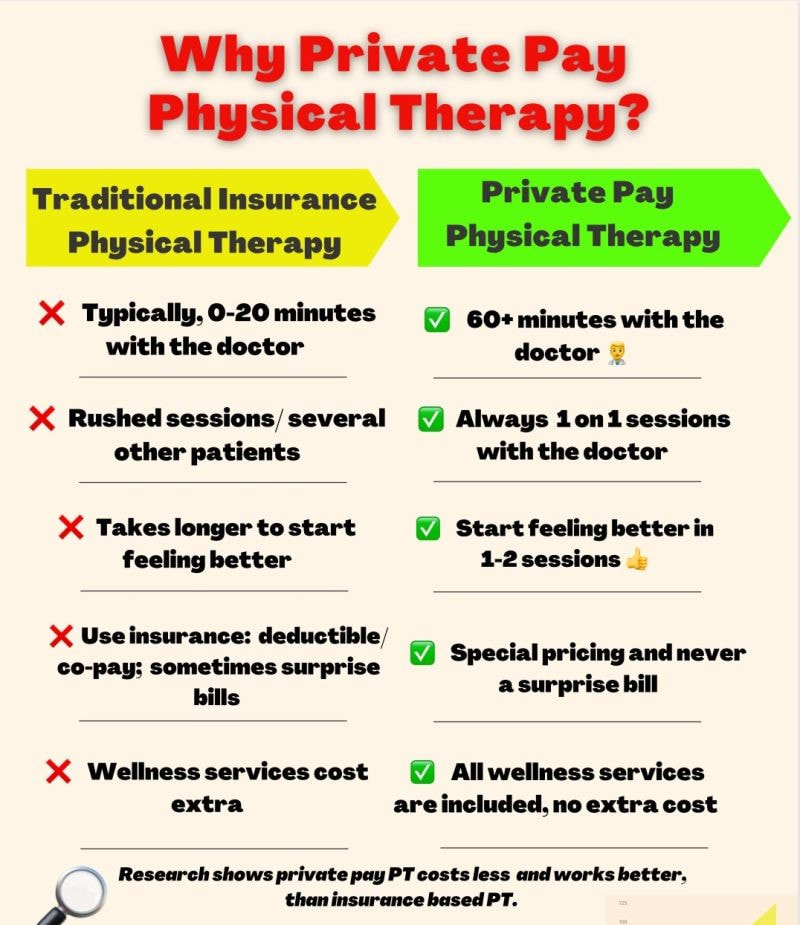
 RSS Feed
RSS Feed
